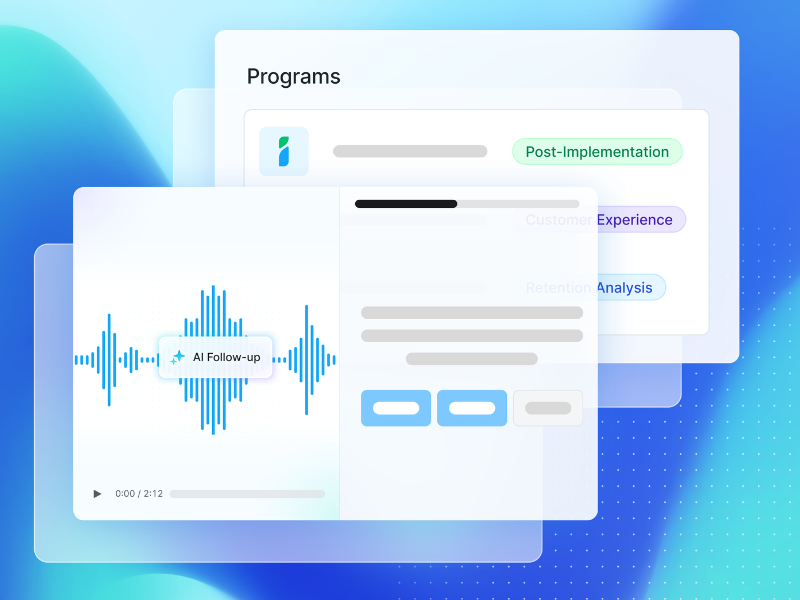TL;DR
- Pete Carroll's coaching strategy at USC included assigning significance to each day of the week, including Tell the Truth Monday.
- Customer feedback is crucial for companies to seek out the truth and improve.
- Win-loss analysis using buyer interviews provides more accurate insights compared to CRM data.
- Org-wide benefits of win-loss analysis include informing executive decisions, improving marketing content, and gaining competitive insights.
- Win-loss analysis helps product leaders prioritize their roadmap, optimize pricing, and ultimately increase win rates.
Pete Carroll’s coaching career at USC cemented him as an all-time great in the world of college football. Part of his coaching strategy included assigning a particular significance to each day of the week. Day Off Tuesday. Competition Wednesday. Turnover Thursday. No Repeat Friday. And maybe most importantly, Tell the Truth Monday.
The primary objective on Mondays—before they focused on their next opponent—was to review the previous week’s game film and answer …
What went well?
What went poorly?
What needs attention?
Mondays were about facts and taking responsibility, and the game film provided truth.
In the words of Ravi Kumaraswami, president of worldwide field operations at Riskified …
“Every professional sports team reviews their footage to understand where they need to improve. Even amateur golfers record their swings to try and improve their terrible handicaps. Winning deals is our sport and [win-loss analysis] is our video review.”
Customer feedback is your source of truth
The companies that win long-term have a culture centered on seeking out the truth.
What are we doing well?
What are we doing poorly?
Proper win-loss analysis helps accurately answer those two questions. Many companies lean heavily on CRM data (sales rep feedback, basically) for performing win-loss analysis. This data is easy to obtain and can be a convenient source of surface-level feedback, but it’s also far less accurate when compared to buyer interviews. In fact, 85% of the time, your CRM’s closed-lost data doesn’t line up with buyer feedback, which means that your sales, product, and marketing teams are missing vital insights into why deals are being won and lost.
In contrast to CRM data, when buyer interviews are the cornerstone of your win-loss analysis efforts, you allow decision makers to share how they perceive your offering, pricing, sales team’s ability (or lack thereof), and thoughts on the competitive landscape.
Org-wide benefits of win-loss analysis
While sometimes (incorrectly) interpreted as a witch hunt into the sales org to identify underperformers, the benefits of buyer-centered win-loss analysis span across the organization.
- Many executives rely on anecdotes and conjecture to answer why the business is winning and losing. Executive teams with access to accurate, real-time win-loss data make more informed decisions, make them more quickly, and act on them with more confidence.
- Win-loss analysis exposes gaps in marketing content and messaging that may be impacting win rates. It deepens the marketing team’s understanding of buyer preferences, needs, intentions, and buying criteria. As a result, marketers can develop content and messaging that truly resonates.
- When done right, win-loss analysis becomes the organization’s richest channel of competitive and market insight. It equips leaders with unprecedented visibility into their competitive landscape by uncovering critical insights about competitors’ products, services, pricing, messaging, and more.
- Win-loss analysis helps product leaders hone their product strategy and prioritize their roadmap with more confidence by highlighting the real strengths and weaknesses of their solution. It helps them to avoid wasting time or resources developing unnecessary capabilities and to minimize product investment.
- Pricing is often the most-cited reason for losses, but what does that really mean? Win-loss analysis uncovers the truth about how customers react to your pricing and reveals opportunities to improve your pricing model, packaging, options, terms and conditions, total cost of ownership, and more.
When companies know more, they win more.
For a personalized Clozd demo, sign up here.











.svg)











.svg)

.svg)




